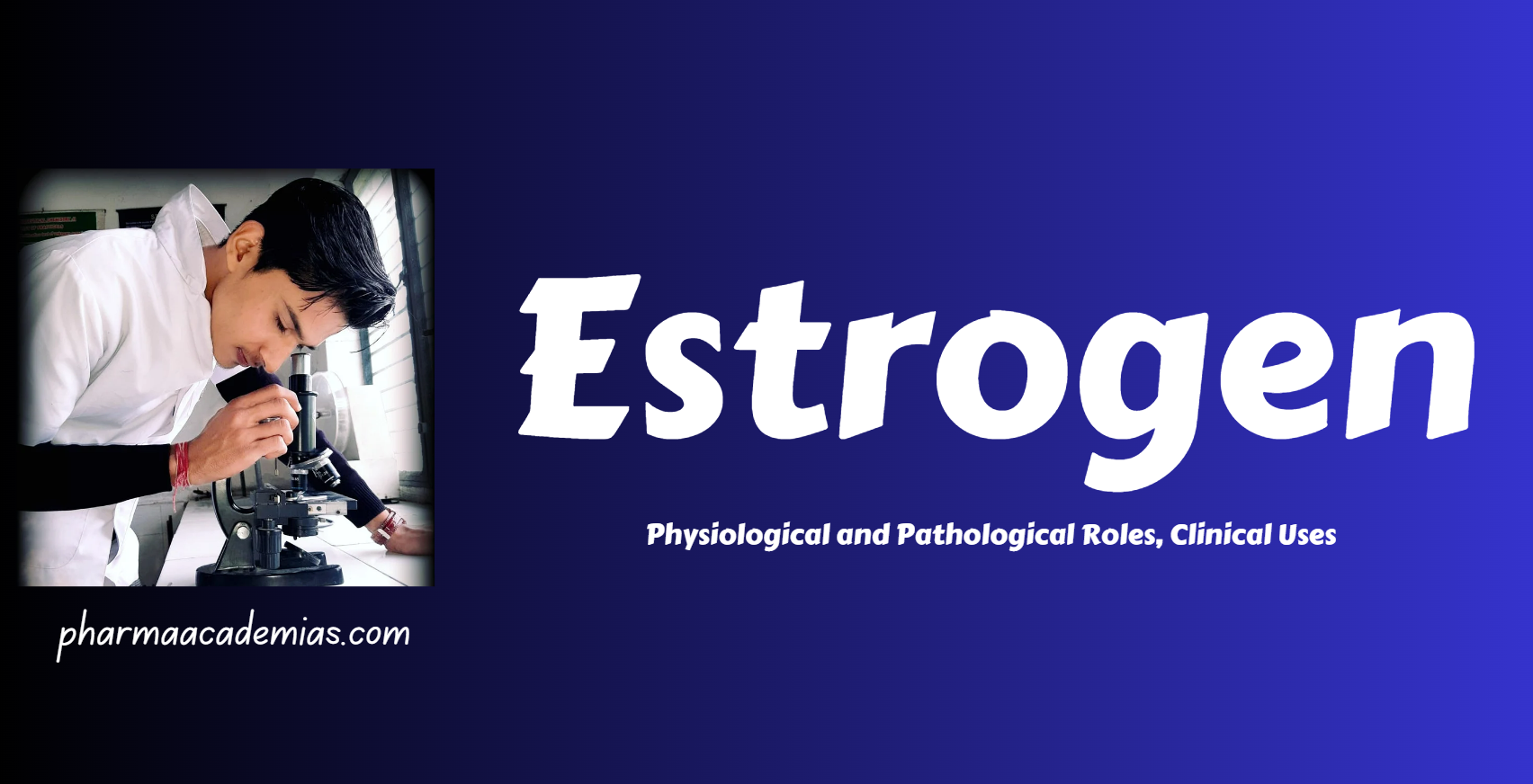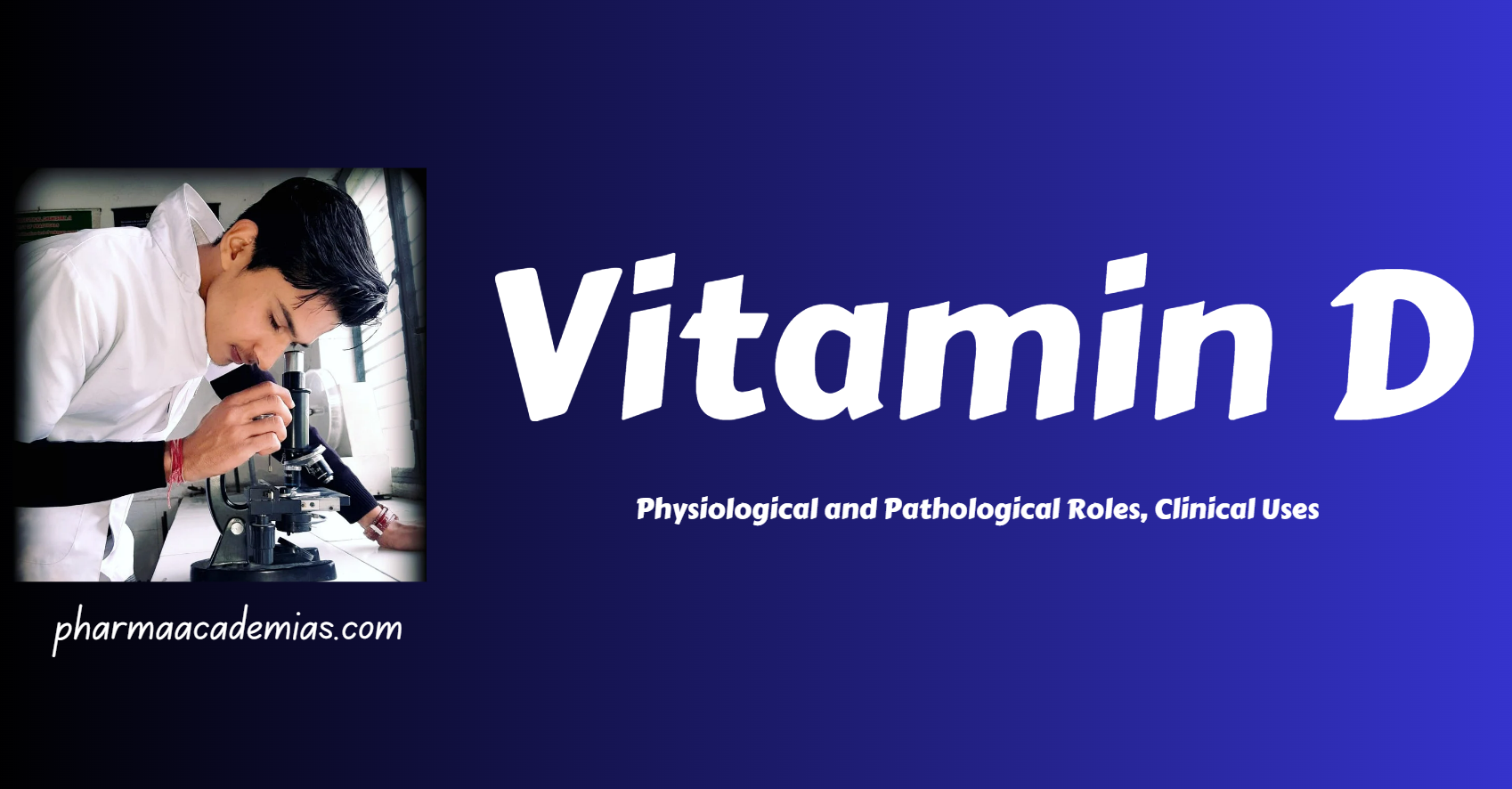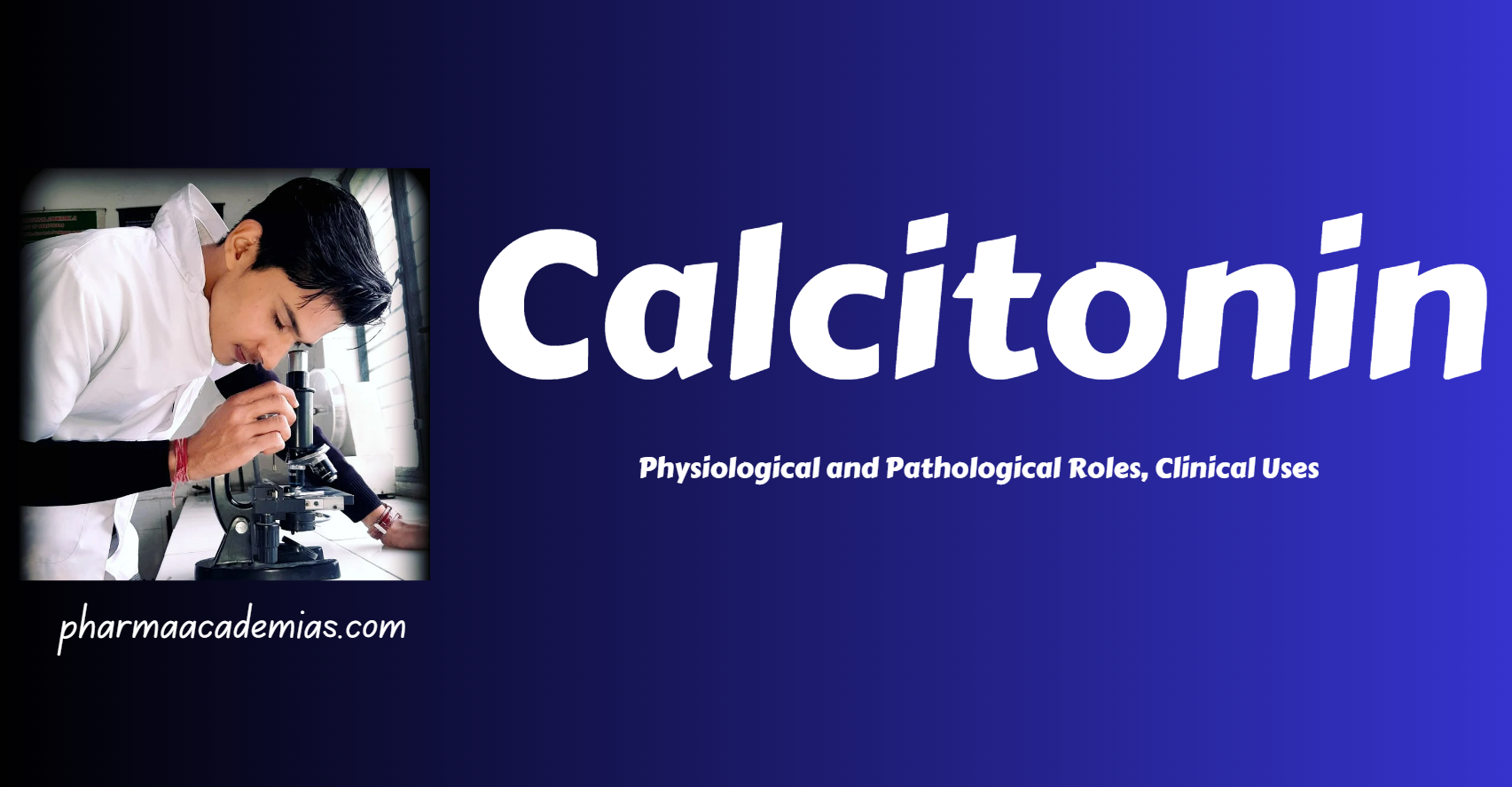Corticosteroids: Physiology, Pathology, and Clinical Uses
Corticosteroids are a class of steroid hormones produced by the adrenal glands. This group includes glucocorticoids, such as cortisol, which influences metabolism and immune response, and mineralocorticoids, such as aldosterone, which regulate electrolyte and water balance. Corticosteroids have powerful anti-inflammatory and immunosuppressive properties, making them valuable in treating various medical conditions. The body can naturally … Read more










